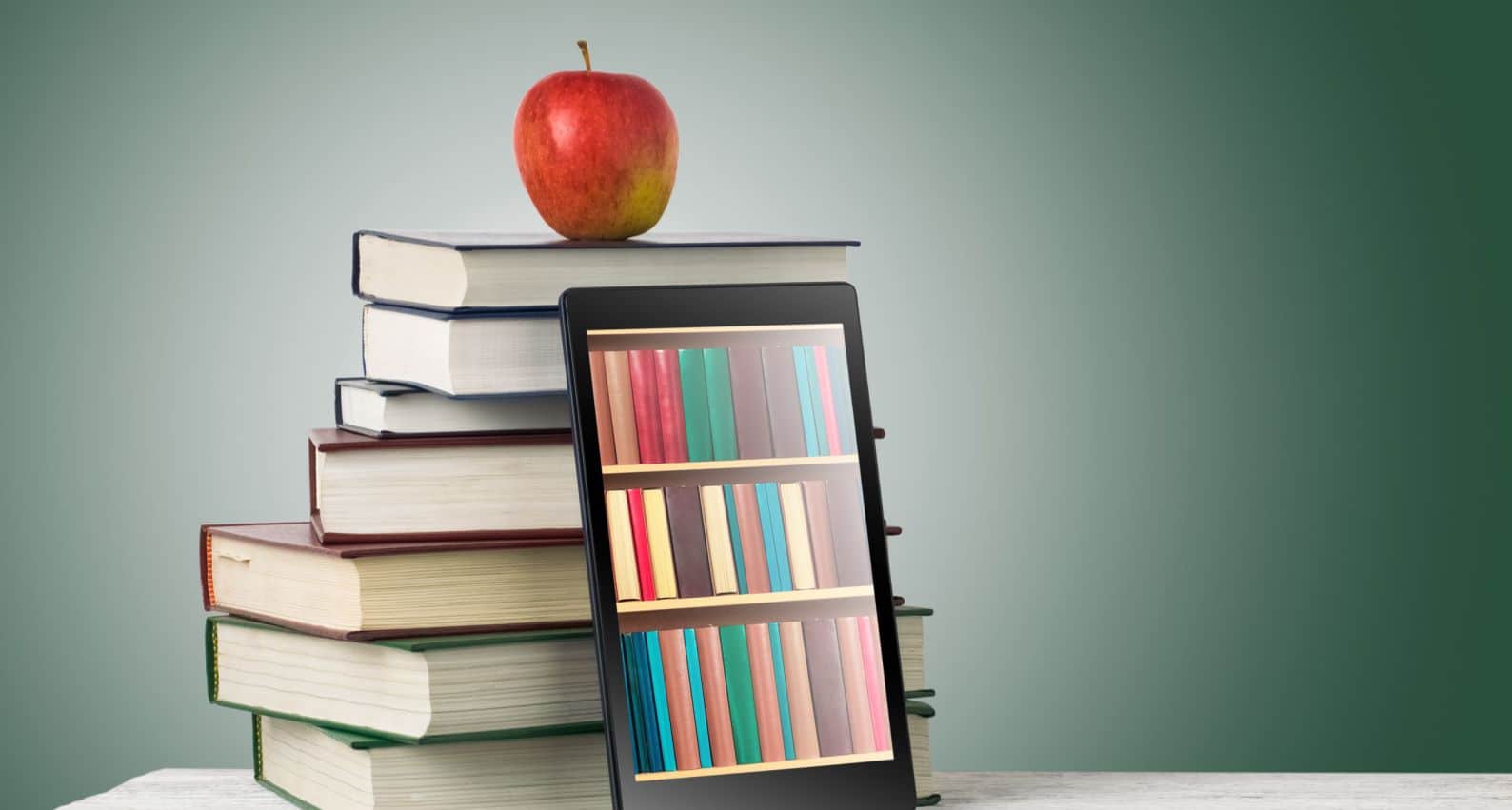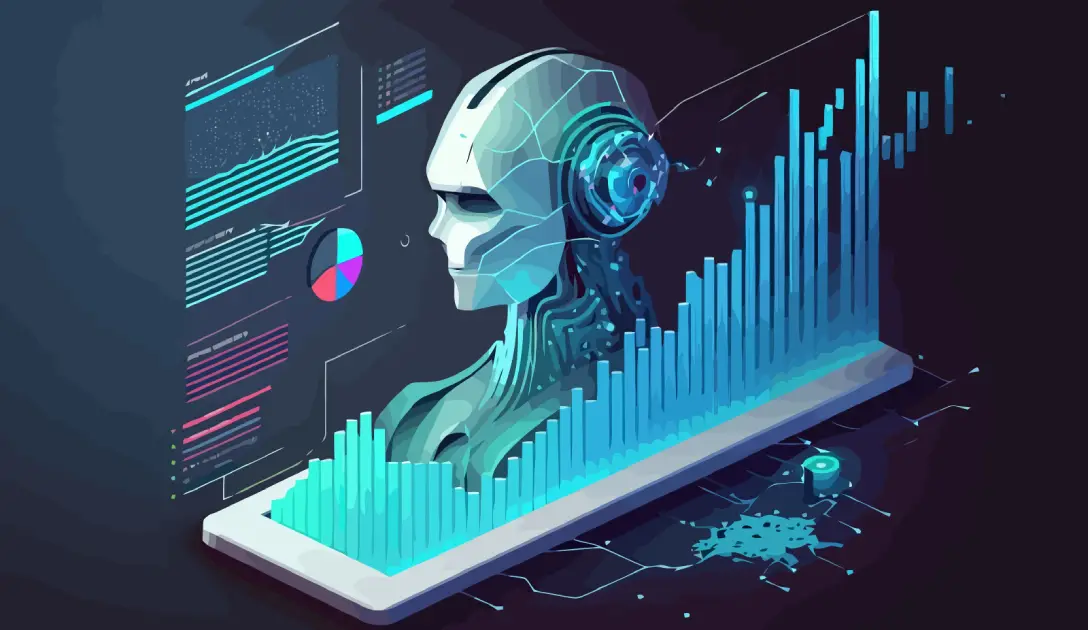The advent of technology has revolutionized many aspects of our lives, including how we access and consume literature. With the rise of eBooks, traditional printed books are facing a new contender in reading preferences. This shift has sparked debates among bibliophiles, technophiles, and scholars alike. While each medium has its own set of advantages and drawbacks, the ongoing discourse centers on the impact of this digital transformation on our reading habits, cognitive processes, and the very essence of the reading experience.
The Tangible Appeal of Printed Books
Printed books have a timeless allure that transcends generations. The tactile experience of holding a book, turning its pages, and feeling the texture of paper creates a unique connection between the reader and the content. This tangible nature of printed books stimulates a multisensory engagement that contributes to memory retention and overall reading satisfaction. Book collectors also appreciate the aesthetic charm of a well-crafted volume, showcasing intricate cover designs and typography that enhance the reading experience as an art form.
The lack of electronic distractions with printed books allows for uninterrupted immersion in the narrative. The absence of notifications, emails, and social media temptations fosters a focused and meditative reading experience that is often difficult to achieve with digital devices.
The Digital Revolution: eBooks and Their Advantages
eBooks, on the other hand, represent the digital frontier of literature consumption. The portability and convenience of eBooks have reshaped how we carry our libraries, making it possible to carry hundreds of books in a single device. This is particularly advantageous for travelers, students, and individuals with limited physical space. The ease of purchasing, downloading, and accessing eBooks within seconds has democratized reading by providing instant access to a vast array of titles from anywhere in the world.
eBooks offer features that cater to various reading preferences. Adjustable font sizes, customizable backgrounds, and integrated dictionaries provide a more personalized reading experience. Inclusivity is also a notable factor, as eBooks can accommodate individuals with visual impairments through text-to-speech functionalities and screen readers.
Environmental Considerations and Sustainability
The debate between printed books and eBooks also delves into environmental considerations. Printed books require physical materials, such as paper and ink, and contribute to deforestation and carbon emissions in the manufacturing and distribution process. However, the argument for eBooks as a greener alternative is complex. The production and disposal of electronic devices, as well as the energy consumption associated with data centers and charging, also have environmental implications.
Some scholars argue that the sustainability of eBooks depends on factors such as the frequency of device upgrades and the source of energy used to power digital infrastructure. Ultimately, both printed books and eBooks have their ecological impacts, and the sustainable choice might vary based on individual reading habits and broader technological trends.
Cognitive Differences and Comprehension
The format of reading material can influence cognitive processes and comprehension. Research indicates that individuals tend to skim and scan digital text more frequently, often sacrificing in-depth comprehension for quick information gathering. This phenomenon, known as “digital distraction,” may be attributed to the presence of hyperlinks, ads, and other clickable elements in eBooks that draw attention away from the main content.
Printed books, by contrast, encourage a slower and more deliberate reading pace. The absence of digital distractions and the physicality of the book can promote deep reading, critical thinking, and a greater focus on the narrative nuances. Some studies suggest that the tactile experience of interacting with printed books enhances memory retention and emotional engagement with the material.
Nostalgia and the Future of Literary Consumption
Printed books hold a nostalgic charm that resonates with many readers. The act of perusing bookstore shelves, flipping through pages, and enjoying the scent of ink and paper evokes a sense of connection to literary history. However, as technology continues to evolve, the future of reading might well be digital.
eBooks have the potential to democratize access to literature, making it easier for diverse voices and independent authors to reach a global audience. They also offer the advantage of dynamic content, with the potential to incorporate multimedia elements that enhance the storytelling experience.
The printed book vs. eBook debate is far from being resolved, as both mediums offer distinct advantages and appeal to different segments of the population. Printed books provide a sensory and nostalgic experience that resonates with those who value the traditional essence of reading. eBooks, on the other hand, cater to the modern reader’s desire for convenience, portability, and customization.
In an increasingly digital world, the question of which format is better might not have a definitive answer. Instead, the choice between printed books and eBooks often comes down to individual preferences, reading habits, and the specific context in which reading takes place. What is undeniable is that the literary landscape is evolving, and as readers, we are fortunate to have a wealth of options at our fingertips, whether they are bound by ink and paper or exist in the digital space.








